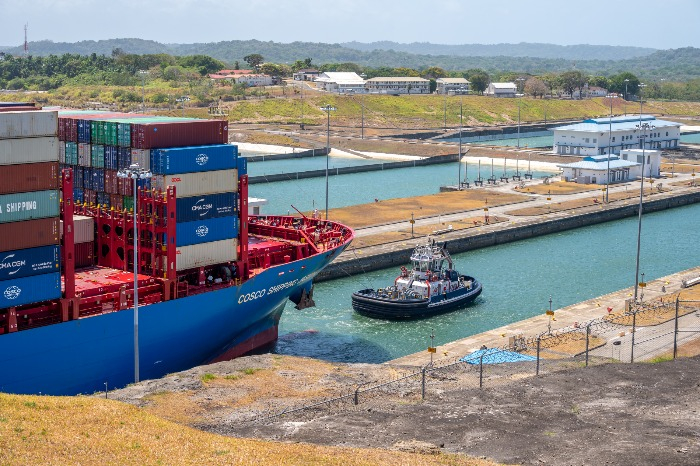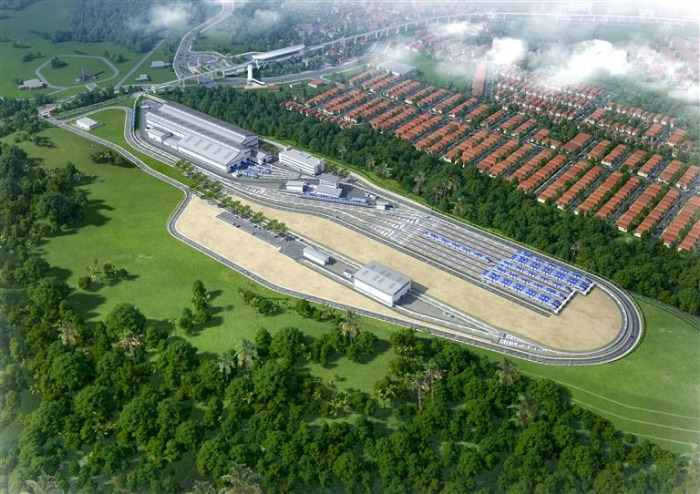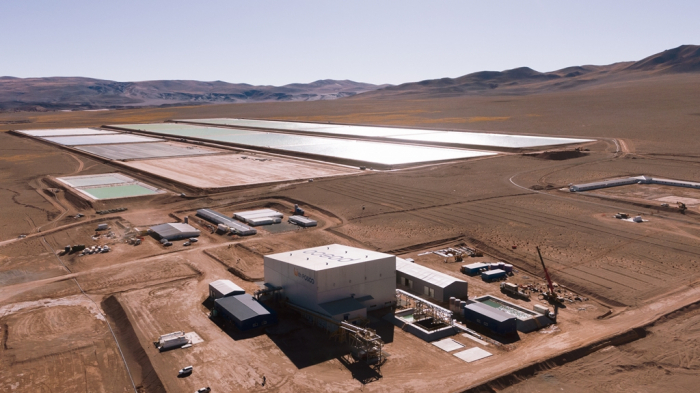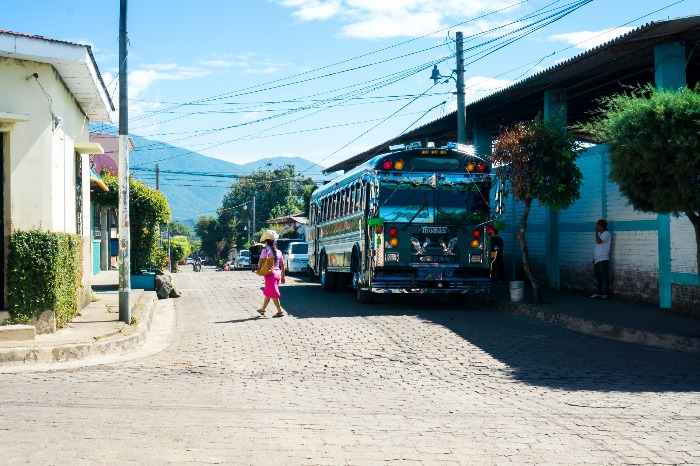Construction
Central, South America: Korean builders’ El Dorado
Korean builders are looking to fund construction in the region without relying on foreign lenders
By Jan 29, 2024 (Gmt+09:00)
4
Min read
Most Read
LG Chem to sell water filter business to Glenwood PE for $692 million


Kyobo Life poised to buy Japan’s SBI Group-owned savings bank


KT&G eyes overseas M&A after rejecting activist fund's offer


StockX in merger talks with Naver’s online reseller Kream


Mirae Asset to be named Korea Post’s core real estate fund operator



South Korean construction companies are penetrating deeper into Central and South America, where high demand for infrastructure facilities is now seen to offset negatives such as the region's poor security, belligerent labor unions and hot and humid weather.
They are first building their toehold in Panama, located on the other side of the world from Seoul.
HPH, comprised of Hyundai Engineering & Construction Co. (Hyundai E&C), POSCO E&C Co. and Hyundai Engineering Co., is building Panama Metro Line 3’s monorail system in a $2.84 billion project. It is one of the five largest projects in Central and South America.
The line will pass through a tunnel to be constructed underneath the Panama Canal. HPH is also taking charge of the undersea tunnel construction.
In total, HPH’s orders received from Panama are estimated at $3.5 billion.
Other major South Korean builders, including Samsung C&T Corp.and DL E&C Co., are considering setting up branches in Panama as an outpost to advance into other parts of Central and South America.
Last month, POSCO E&C resumed the long-delayed construction to install generators, the core of power generation facilities at the Gatun combined cycle power plant in Panama after an end to the nationwide strike. The plant is under construction in the Colon province, notorious for having the poorest security in the country.
“After passing the prison, cemetery and landfill, you will come to a power plant we’re building with our technology,” said a POSCO E&C worker at the power plant construction site in Panama. “We are the only construction company that has met the deadlines even under difficult conditions there.”

From January to October 2022, South Korean builders secured $1.37 billion in orders from Central and South America, a 353% surge from $389.7 million in the same period of 2021, according to the International Construction Association of Korea.
The percentage growth marked the highest rate among their overseas orders received surpassing 321% from the Pacific/North America and 116% from the Middle East over the same period.
“The know-how of completing constructions by the deadline even under adverse conditions has now become our strength, giving us an edge over our main competitors in Spain and Brazil,” said a Korean construction company official.
Last year, Dongbu Corp. won a $370 million order to build a bridge in Los Chorros, El Salvador.
POSCO E&C recently secured a $260 million Argentine project to extract lithium from seawater.

FUNDING
Domestic builders are looking to finance infrastructure projects they take charge of in Central and South America, without relying on foreign lenders.
HPH has proposed the extension of the 34-kilometer Panama Metro Line 3 by 3.2 km further west to La Chorrera in collaboration with the Export-Import Bank of Korea and Korea Trade Insurance Corp., according to industry sources on Monday.
Under the original plan, the line will depart from Albrook Station on Metro Line 1 and run through Arraijan, cutting the average travel time in half, from 90 minutes to 45 minutes.
If the proposal gets the nod from the Panama authorities, it will mark the first project into which Korean companies inject capital. It is rare in Panama, where foreign usually companies take charge of the whole process, from construction to funding.
South Korean builders have relied on the Central American Bank for Economic Integration to fund their Panama projects. The institution charges Korean contractors an average 8% interest on their loans, compared with the 1% level the Japanese International Co-operation Agency (JICA) charges Japanese borrowers.

JICA is arranging funding for the Panama Metro Line 3. However, it is said to be hesitating about providing funding to extend the monorail system. Japan will provide technology, funding and rolling stock for the monorail construction.
Panama has a per capita gross domestic product of just over $14,000, less than half of South Korea’s $35,000. However, it is considered the richest country in Central America thanks to the Panama Canal, which accounts for 3% of global cargo volume.
Panama also has the lowest fiscal risk among the 33 Central and South American countries. However, most of its infrastructure has been funded by JICA and other Japanese companies.
China has invested several billions of dollars in copper mines and port facilities in Panama.
Write to Oh-Sang Yoo at osyoo@hankyung.com
Yeonhee Kim edited this article.
More to Read
-
 Business & PoliticsTrump Jr. meets Korean business chiefs in back-to-back sessions
Business & PoliticsTrump Jr. meets Korean business chiefs in back-to-back sessionsApr 30, 2025 (Gmt+09:00)
-
 Korean chipmakersSamsung in talks to supply customized HBM4 to Nvidia, Broadcom, Google
Korean chipmakersSamsung in talks to supply customized HBM4 to Nvidia, Broadcom, GoogleApr 30, 2025 (Gmt+09:00)
-
 EnergyLS Cable breaks ground on $681 mn underwater cable plant in Chesapeake
EnergyLS Cable breaks ground on $681 mn underwater cable plant in ChesapeakeApr 29, 2025 (Gmt+09:00)
-
 Business & PoliticsUS tariffs add risk premium to dollar assets: Maurice Obstfeld
Business & PoliticsUS tariffs add risk premium to dollar assets: Maurice ObstfeldApr 29, 2025 (Gmt+09:00)
-

Comment 0
LOG IN


